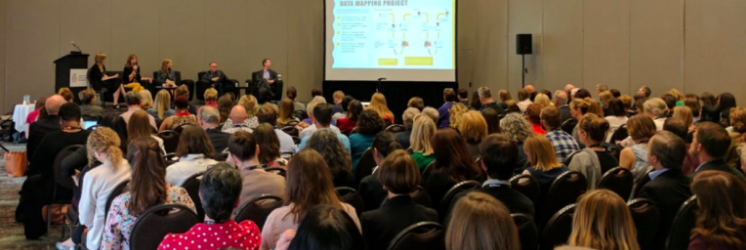Clues for increased satisfaction and visitation are often right under the noses of cultural organizations.
I frequently hear executive leaders lament the difficulty of knowing what is going on with their audiences absent ready access to robust market data. And perhaps they aren’t too far off in their concerns – market research is an incredible asset for identifying trends and informing operations. Market data can also provide indicators into an audience’s perceptions and behaviors. However, it’s not necessarily the most economically efficient way to start the process. Whether your organization knows it or not, some of the...Never miss the latest read on industry data and analysis.
Already have an account? Sign In




